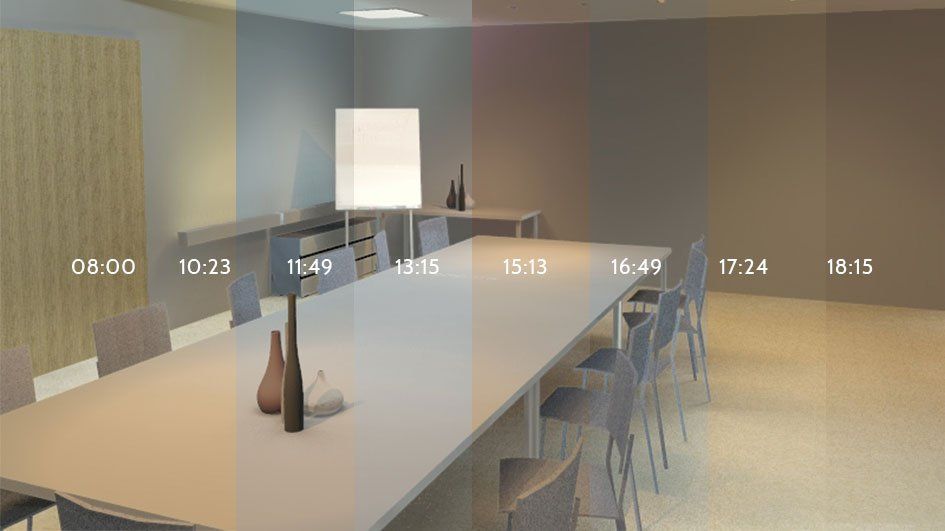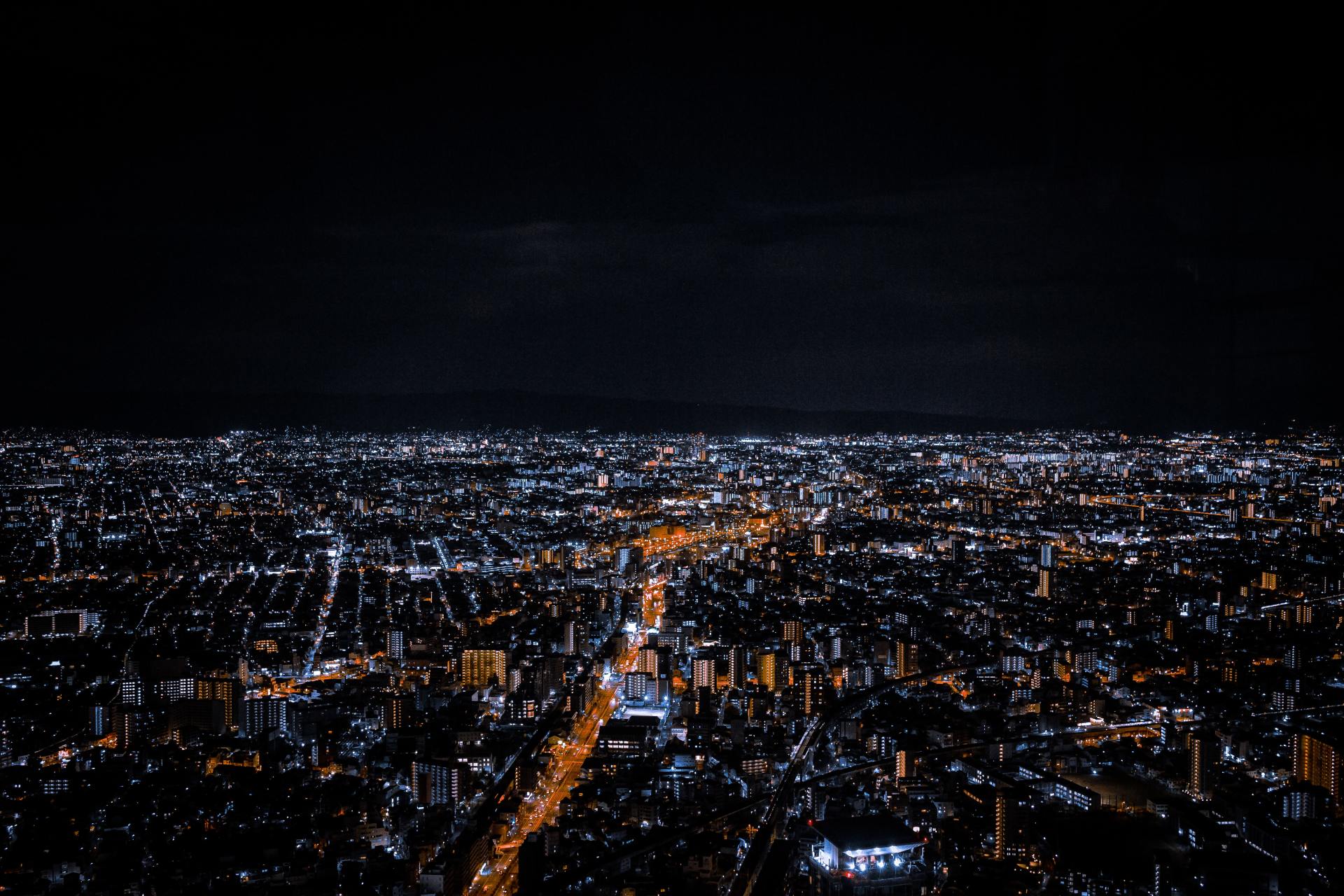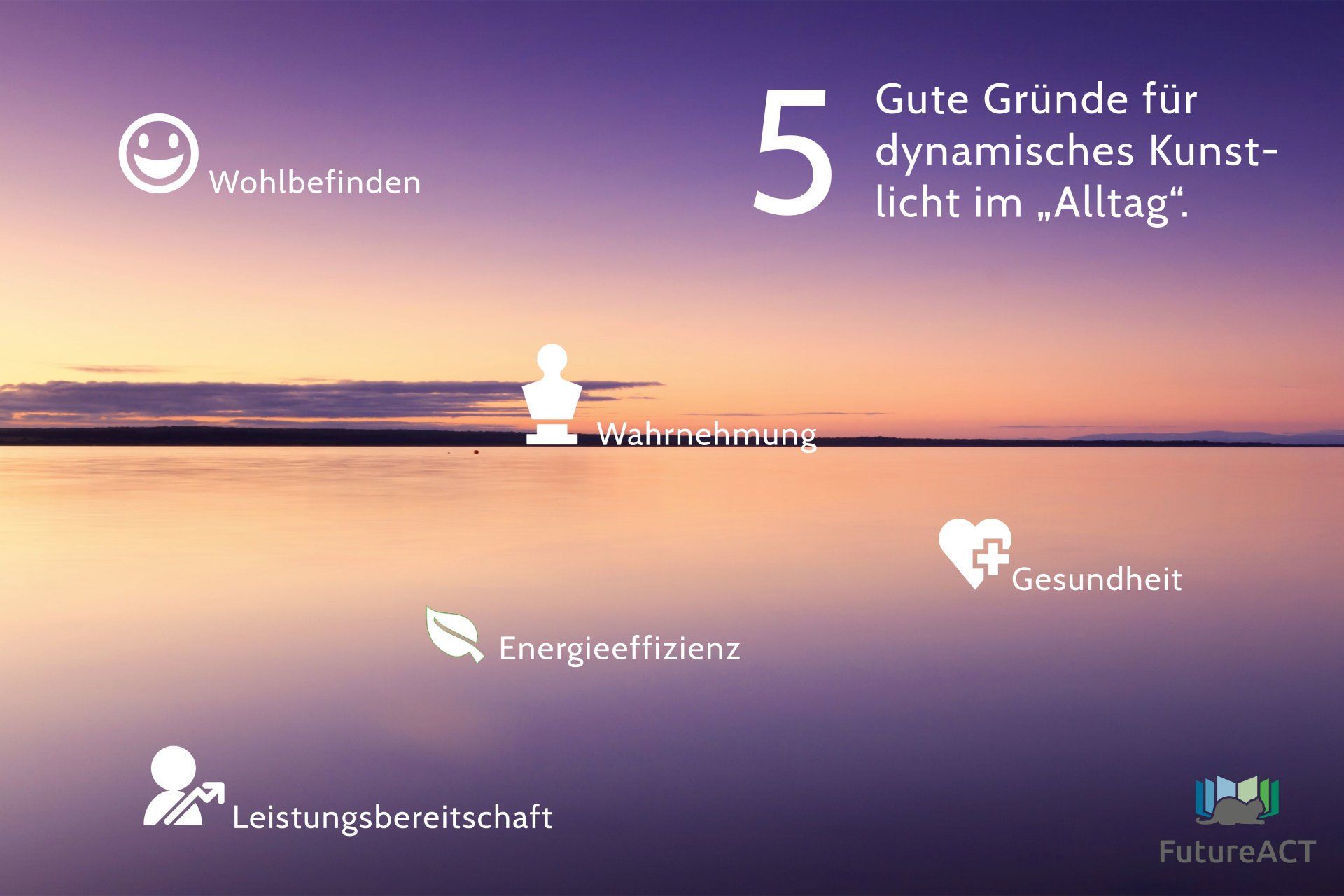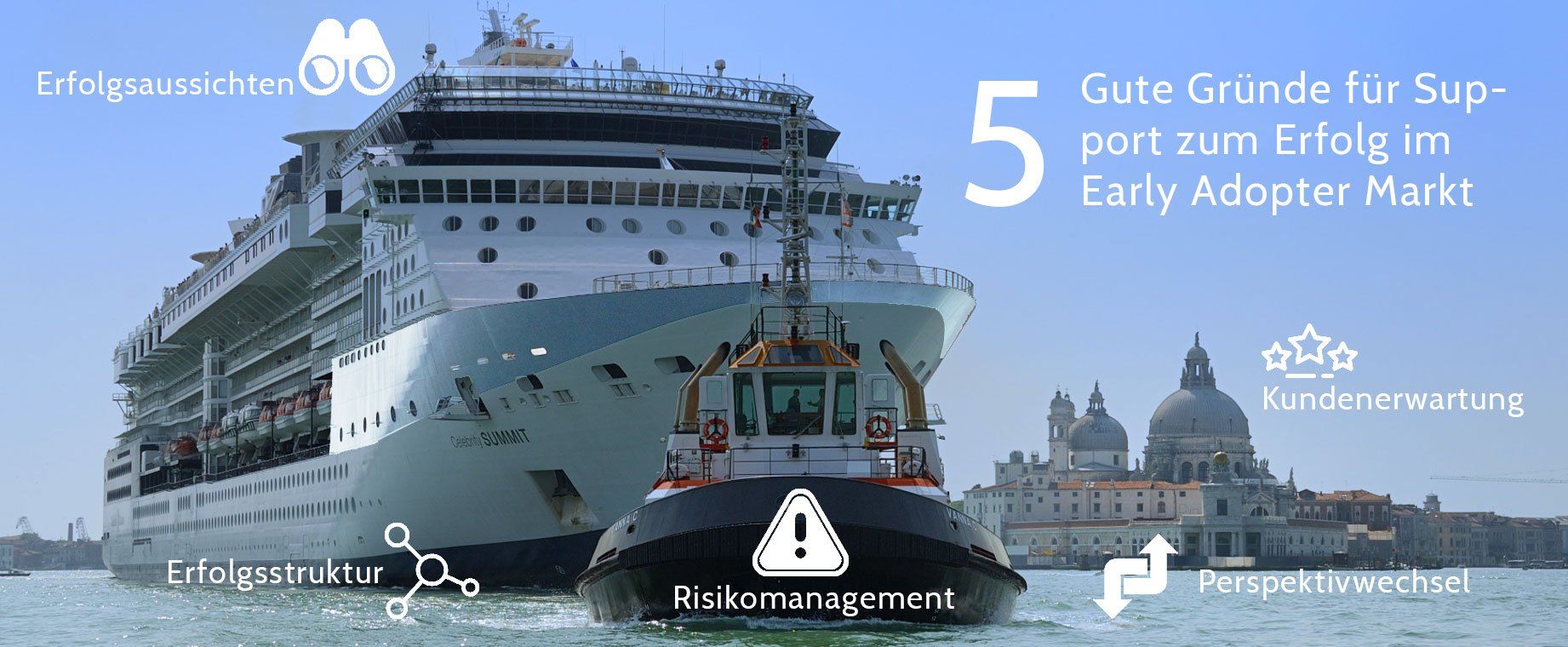Human-Centric Lighting – Quality differences on its journey for finding a solution
Wolfgang Bernecker, translation by Chris Schlager • 12. Dezember 2019
Great Idea and minor problems
It is refreshing to see that the lighting industry, under the heading of “Human Centric Lighting”, is trying to turn the new possibilities of technology into real quality for people.
It turns out that the term “Human Centric Lighting” is used for a very wide range of applications.
A comparison between quality levels is hardly possible and by no means fair. The often cited “apples and pears”. The purpose of this blog is to provide interested end users with approaches to separating the “wheat from the chaff”. This increases the chance to meet expectations.
Reading time 4 minutes.
Historical environment creates conditions and problems
The switch to LED has pushed the quality features of lighting in many discussions for “good light” to the side. After the first decorative and very colorful launch phase before 2010, successful products seemed to follow simple formulas in recent years.
More light per watt was replaced by light amount per euro. Both topics lead to a destructive market behavior. Luminaires are becoming more and more similar. The price war increasingly intense. There is hardly any time due to this pressure to discuss qualities and give detailed advice.
The LED, with its characteristics of efficiency, simple control, longevity and miniaturization has created many prerequisites that today allow us much better light.
Brief insight into the human – light relationship
Today people spend most of their time indoors. However, evolution has shaped us on the existing change of daylight. So, there is a mix of processes in the body that keep us in a healthy balance.
Technically, it is called circadian rhythms and homeostatic processes that, for example, regulate healthy sleep. If we change the rhythm, we get into problems very quickly. In today’s world, many people have experienced jet lag. This serves as a good example of the mode of action and has its cause in suddenly changing the trigger of the daily rhythm.

Picture 1: The eyes and the brain have adapted optimally to the natural light conditions in the course of evolution. This process began well before man’s existence.
Application 1: Special workplaces with adjustment of the biorhythm
NASA has been using high light intensities, dynamic light and light colors for decades to support astronauts both biologically and psychologically.
Mistakes made by astronauts are expensive and dangerous. Space agencies know about the effects of light and even gladly accept this solution to include a mass of additional rocket fuel for the weight of batteries and lights. Few people notice it directly, but astronauts are well lit with live broadcasts from spaceships and space stations without the need for stage lighting.
For special workplaces e.g. in air traffic controllers or in switchgear of nuclear power plants similar concepts can be found. In these high-end concepts, the lighting usually also corrects the biorhythm.
Surveillance and monitoring by occupational physicians are urgently required, so that the demand for light and darkness is planned and satisfied in the hours outside the shift.
An intervention in the biorhythm is always serious and must be considered carefully. Sometimes it can hardly be avoided. A surgeon who needs emergency surgery at midnight should be in good shape, despite the inconvenience.
Application 2: Spaces that support humans
If the goal is to support people’s biorhythm, things will become much simpler and more positive. It seems logical that in normal indoor environments and circumstances orientation by daylight for artificial light should be a good solution. Scientific studies have shown this many times in the past 20 years. Well-being and willingness to perform can be increased well in the double-digit percentage range.
Our daylight is defined by zenith light in different shades white, horizon light with the intense colors in the morning and in the evening and changing light. The latter is caused by structures in our environment and the consequences of shadows, reflections and the course of the sun.
If we bring this into our rooms, the lighting designer has a few tools at his disposal. As an approach, so called tunable-white lights in the workplace can take over the task of zenith. If the luminaire has a large light-emitting surface, this is normally an advantage for our eye.
Dynamic colored light on the on the upper half of at least one wall gives a good horizon.
Dimmable lights or spots can well simulate the shadow play of the wandering sun. The interior lighting here does not have to follow the course of the sun precisely. The changes are so slow that the attention of the employee is not disturbed.
Picture 2: Daylight is much more than just a change of light from warm to cold white.
Application 3: Tunable-White luminaires
If dynamic light is to be realized from a single standard light, then most users opt for a focus on zenith light. As a timid approach to the topic of “Human Centric Lighting” tunable-white luminaires are a first step. The market now has a multitude of forms and solutions with fixed tax characteristics. These solutions often provide a god first approximation and are an introduction to the Human-Centric Lighting discussions.
But lighting solutions have a much longer lifespan than smartphones. If you plan to replace the lighting in the next three years, a timid approach to the topic makes sense.
Quality in the control
Unlike lights with a range of solutions, control becomes more difficult. It is important that the range of different lights, whether tunable-white colored or dimmable lights, are synchronized with each other. In nature, man experiences the light in the light in the open field, under a tree and in the forest. In all areas, the light is dynamic and daylight-dependent, but has very different effects on psyche and well-being. Therefore, the user should be able to choose between different dynamics. The moods also have to adjust to the length of the day automatically according to the season. Ideally, if the user has the opportunity to implement special requirements, e.g. a light shower, individual access, own scenes or reduced amount of blue in the evening for better sleep. Final, it’s perfect if the moods can be easily adjusted to suit individual preferences.
Here we have created an innovative solution with the project and the resulting software “ menschT” and showed that this combination of quality feature in the control is possible. In the coming years, we expect a number of further solutions and a wider choice of systems.
Towards the solution
Human-Centric Lighting is possible today and brings advantages in all applications. If the expectations are clear, there are solutions today. A light expert will then gladly pick up the ball, ask questions and answer and find an appealing solution. Background information such as melanopic,suprachiasmatic nucleus and retinal ganglion cells may be included in the discussion and have a valid place in the discussion. But knowing the details of human processes is not necessary to harness the power of Human-Centric lighting solutions.
Image 3: Tunable-white Luminaries in the surface, subtle colors on the wall and changing spots in the room create a dynamic that enhances motivation, efficiency and well-being.

Der folgende Artikel beschäftigt sich mit Status und Entwicklung von Echtzeitsimulationen im Bauhandwerk. Hier hat die Technik in den letzten Jahren so rasante Fortschritte gemacht, dass die Zeit reif ist, für innovativ orientierte Handwerksunternehmen, diese Technik einzusetzen. Dies trägt dazu bei, in der kommenden Konjunkturkrise, mit einer stärkeren Orientierung am Kundenwunsch aufzutreten und vor allem Kunden die Verunsicherung zu nehmen und Vertrauen zu schaffen. Damit wird Echtzeitsimulation eine tragende Säule in der Krisenbewältigung.

Wir finden heute drei Motivationen für gutes Licht – Ästhetik, Energieeffizienz und menschliche Bedürfnisse. Orientiert man sich am erreichbaren Optimum, ist dynamisches Licht in allen drei Anforderungen die logische Konsequenz. Unter dem Stichwort „menschlichT“ haben wir die technischen Grenzen für Ästhetik und menschliche Bedürfnisse verschoben und in den letzten Wochen mehrfach berichtet, z.B. hier. Wie sieht es aber mit dynamischem Licht und Energieeffizienz aus?

Es ist erfrischend zu sehen, dass die Lichtbranche, unter dem Stichwort „Human Centric Lighting“ versucht, die neuen Möglichkeiten der Technologie in echte Qualität für Menschen zu überführen. Doch es zeigt sich, dass der Begriff Human-Centric Lighting für eine Bandbreite an Anwendungen genutzt wird. Ein Vergleich zwischen den Qualitätsniveaus ist kaum möglich und keinesfalls gerecht. Die oft zitierten Äpfel und Birnen. Dieser Blog hat das Ziel dem interessierten Endkunden Ansätze zu bieten, um die Spreu vom Weizen zu trennen. Dies erhöht die Chance, Erwartungen erfüllt zu bekommen.

Die LED hat der Branche eine Masse an Vorteilen gebracht. Während Energieeffizienz und Langlebigkeit den Markt schnell eroberten - oft mit schlechter Lichtqualität - erfreut die Technologie den Lichtdesigner mit drei anderen Eigenschaften. Sie ist klein, gerichtet und einfach, ohne Nachteile in der Alterung, anzusteuern. Um wirklich energieeffizient zu sein, sollte künstliches Licht das Tageslicht ergänzen. Da das Tageslicht sich permanent verändert, sollte das Kunstlicht ebenfalls dynamisch sein, um das benötigte Licht für die Sehaufgabe sicherzustellen. Gehen wir eine Stufe darüber hinaus, dann ist der Mensch nicht nur in seinen Sehaufgaben, sondern auch in seinen emotionalen, biologischen und psychologischen Bedürfnissen zu unterstützen. Heute ist nachgewiesen, dass dynamisches, am Tageslicht orientiertes Licht höchst wirksam ist. So wird Beleuchtung wirklich effizient. Final bringt diese Art des Denkens auch einen Vorteil, wenn es um Exponate geht - ganz egal, ob diese im Schaufenster oder in einer Galerie stehen. Objekte offenbaren unterschiedliche Facetten und wirken im Morgenlicht anders als im zenitlastigen Mittagslicht. Für viele Objekte und Szenarien, sowie für die menschliche Aufmerksamkeit ist dynamisches Licht häufig von Vorteil.
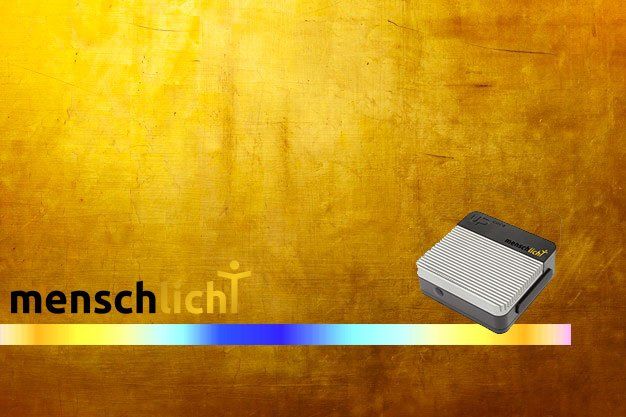
Vom guten Licht zur einfachen Steuerung und Softwarelösung. In unseren vorherigen Blogeinträgen haben wir das Warum und Wieso es dynamisches Licht braucht ausführlich geschildert. Jetzt geht es um das greifbare Resultat und das fehlende Baustein am Markt. Hier einige Gedanken, Ideen und Material rund um die Lösung.





